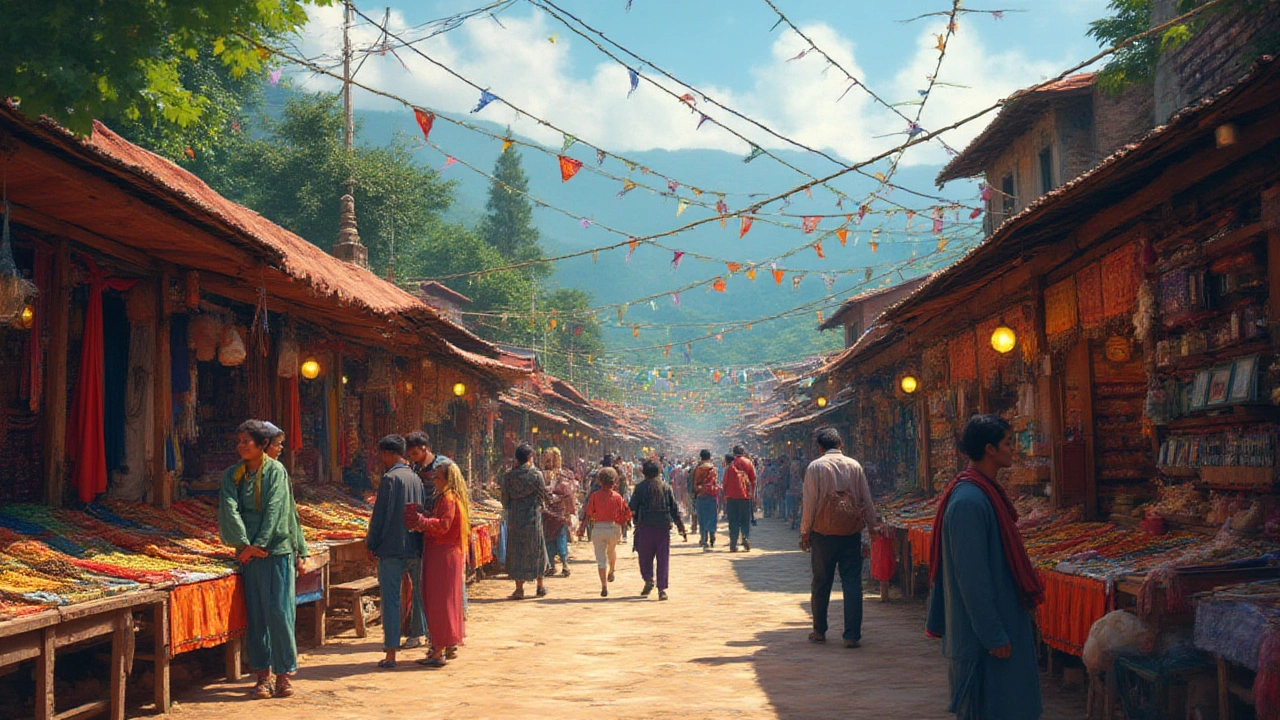SEARCH
Best Time to Visit North East India – Your Practical Guide
If you’re wondering when to set foot in the stunning hills of Assam, Meghalaya, Arunachal Pradesh and the rest of the North East, you’re in the right place. The region’s weather swings dramatically, so timing can make or break your trip. Below you’ll find a month‑by‑month breakdown, plus the best activities for each season.
October to March – Cool, Clear, and Festival‑Rich
These months are the sweet spot for most travelers. Nights are chilly, especially in higher spots like Tawang or the Ziro Valley, but daytime temperatures stay comfortable (15‑25°C). Clear skies mean great views of sunrise over the Himalayas and perfect conditions for trekking, wildlife spotting, and river rafting.
Key highlights:
- October‑November: Post‑monsoon scenery is lush and the crowds are thin. Perfect for visiting the living root bridges in Meghalaya.
- December‑January: Festive season peaks with Christmas in Shillong, the Hornbill Festival in Nagaland (early December), and the Losar celebrations in Sikkim (though technically outside the North East, many travelers combine them).
- February‑March: Spring blossoms burst across valleys. Birdwatchers love the migratory season in Kaziranga and Manas.
Travel tip: Pack a warm jacket for mornings and a light raincoat just in case. Roads can be icy in the higher passes, so rent a sturdy vehicle or join a guided trek.
April to September – Warm, Wet, and Wild
This period is the monsoon season for most of the North East. Expect heavy showers, especially between June and August, and higher humidity. While rain can be a nuisance, it also fuels the region’s famous waterfalls and turns the forests into a photographer’s dream.
Best uses of the rainy months:
- April‑May: Early summer is warm (20‑30°C) without the full monsoon yet. Great for river cruises on Brahmaputra and tea garden tours in Assam.
- June‑August: Embrace the rain! Visit the living root bridges when they’re at their most dramatic, and take a guided jungle trek to see rare orchids and amphibians.
- September: Rain tapers off, leaving a fresh, green landscape. It’s a good window for wildlife safaris before the peak winter tourist flow.
Travel tip: Carry waterproof bags, quick‑dry clothing, and sturdy, non‑slip shoes. Flexible plans are essential—some mountain roads close temporarily during heavy downpours.
Overall, the “best” time really depends on what you want. If you crave clear skies, festivals, and trekking, aim for October‑March. If you love rain‑kissed waterfalls, tea estates, and fewer tourists, April‑September can be magical—just be ready for the wet.
Whatever season you pick, the North East’s hospitality, food, and culture will make your trip unforgettable. Pack smart, check local weather updates, and enjoy the adventure!

How Many Days Do You Need to Explore North East India? The Complete Travel Duration Guide
Wondering how many days you need to truly see North East India? Explore must-visit spots, sample itineraries, travel tips, and essential facts for planning your trip.
Continue reading